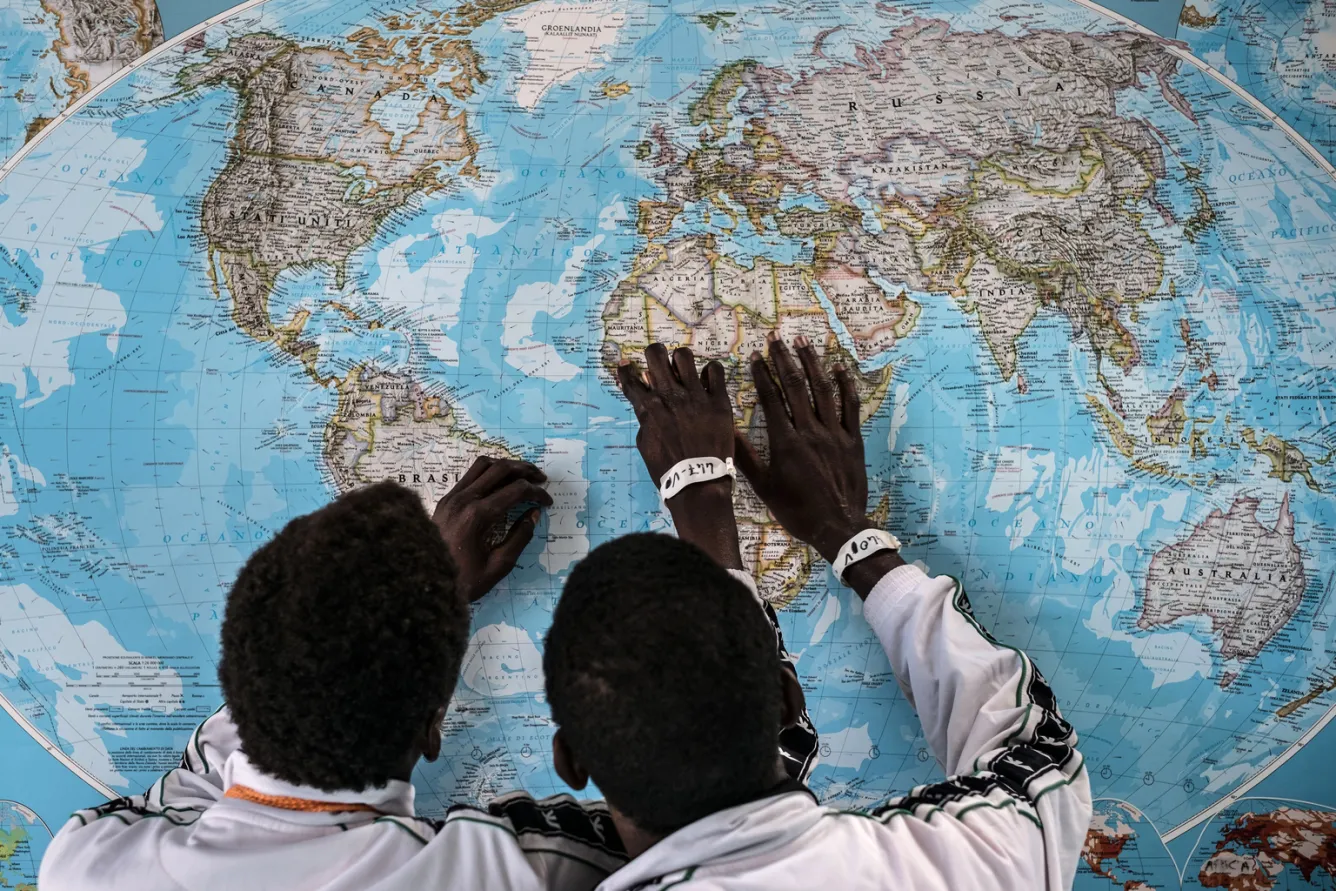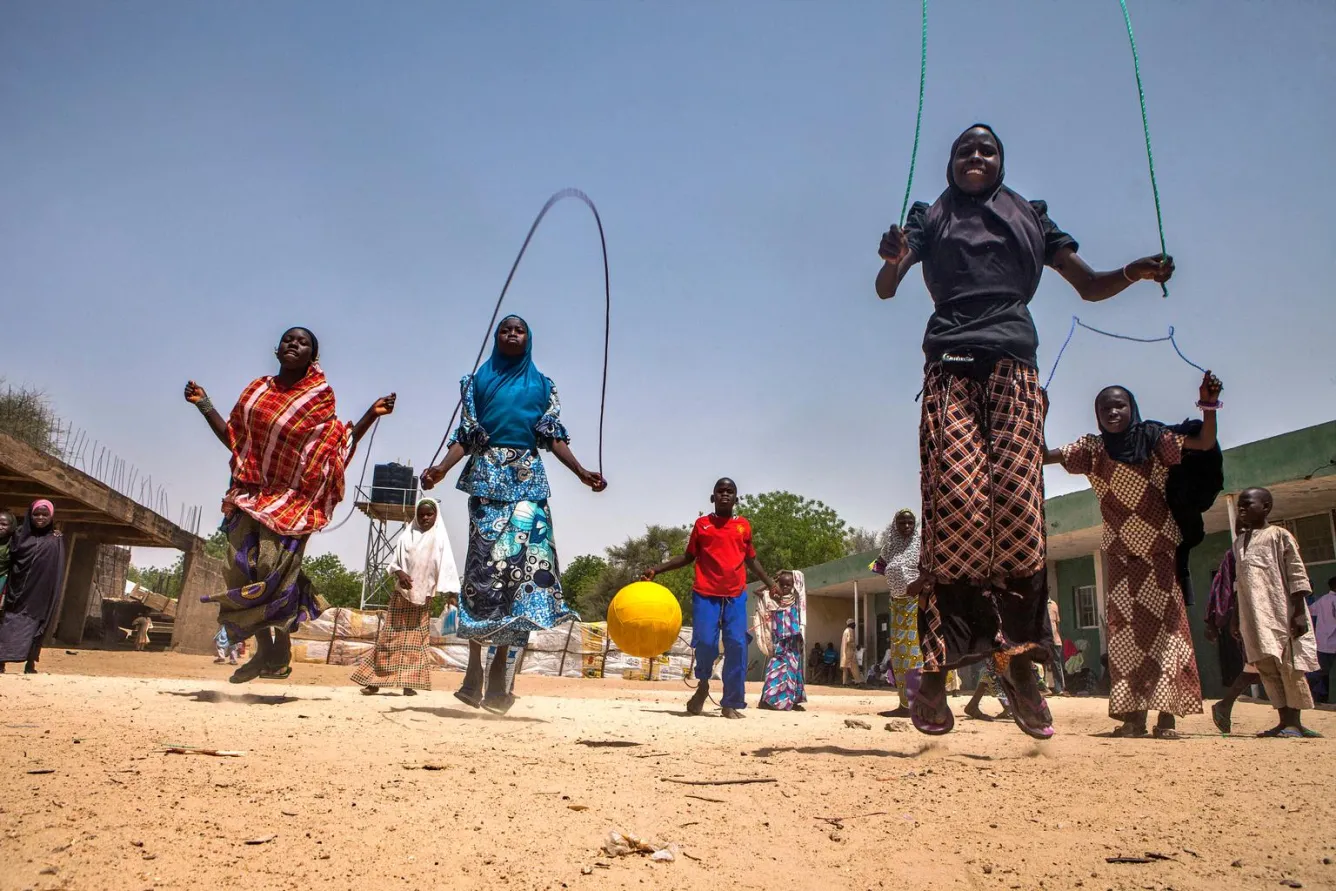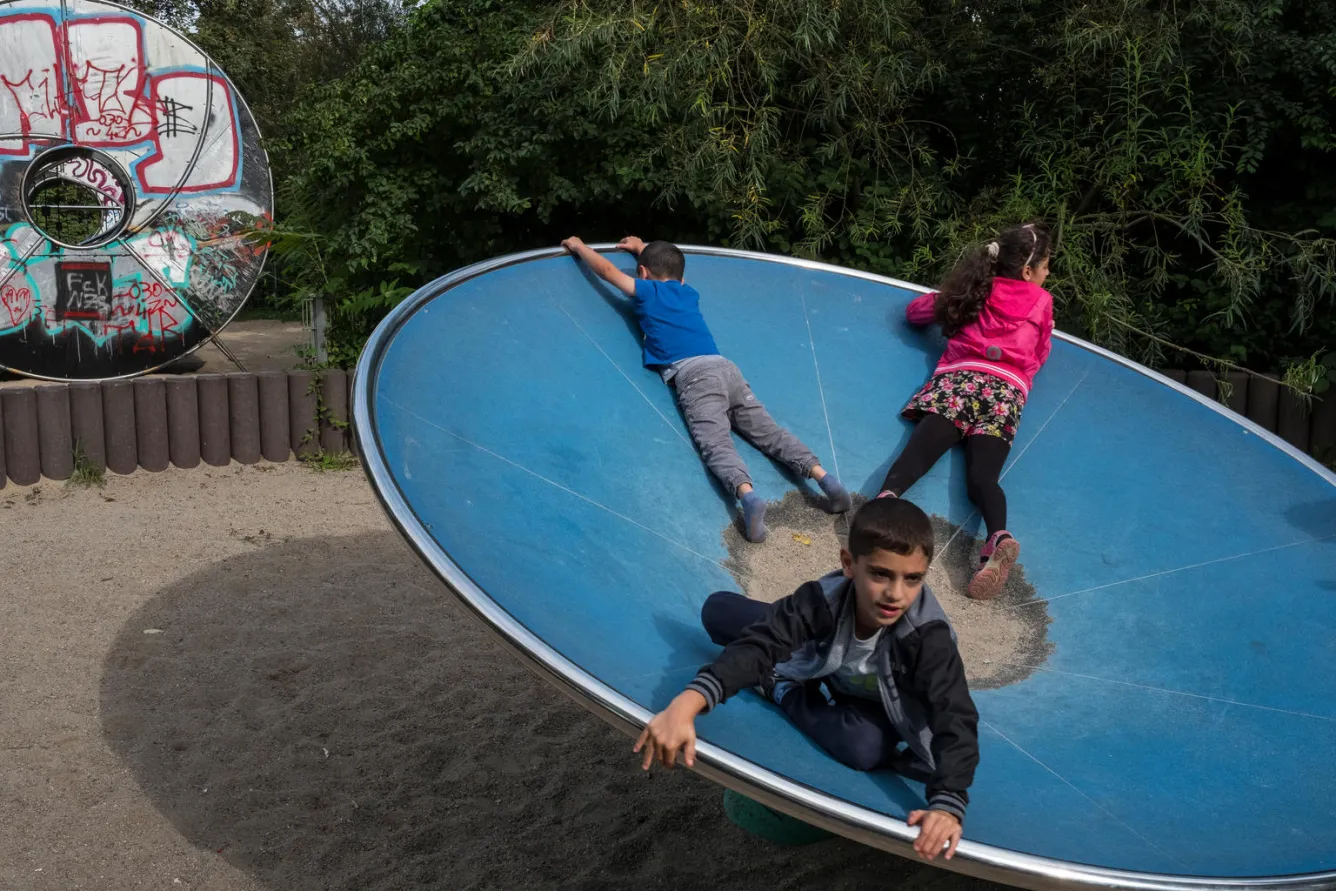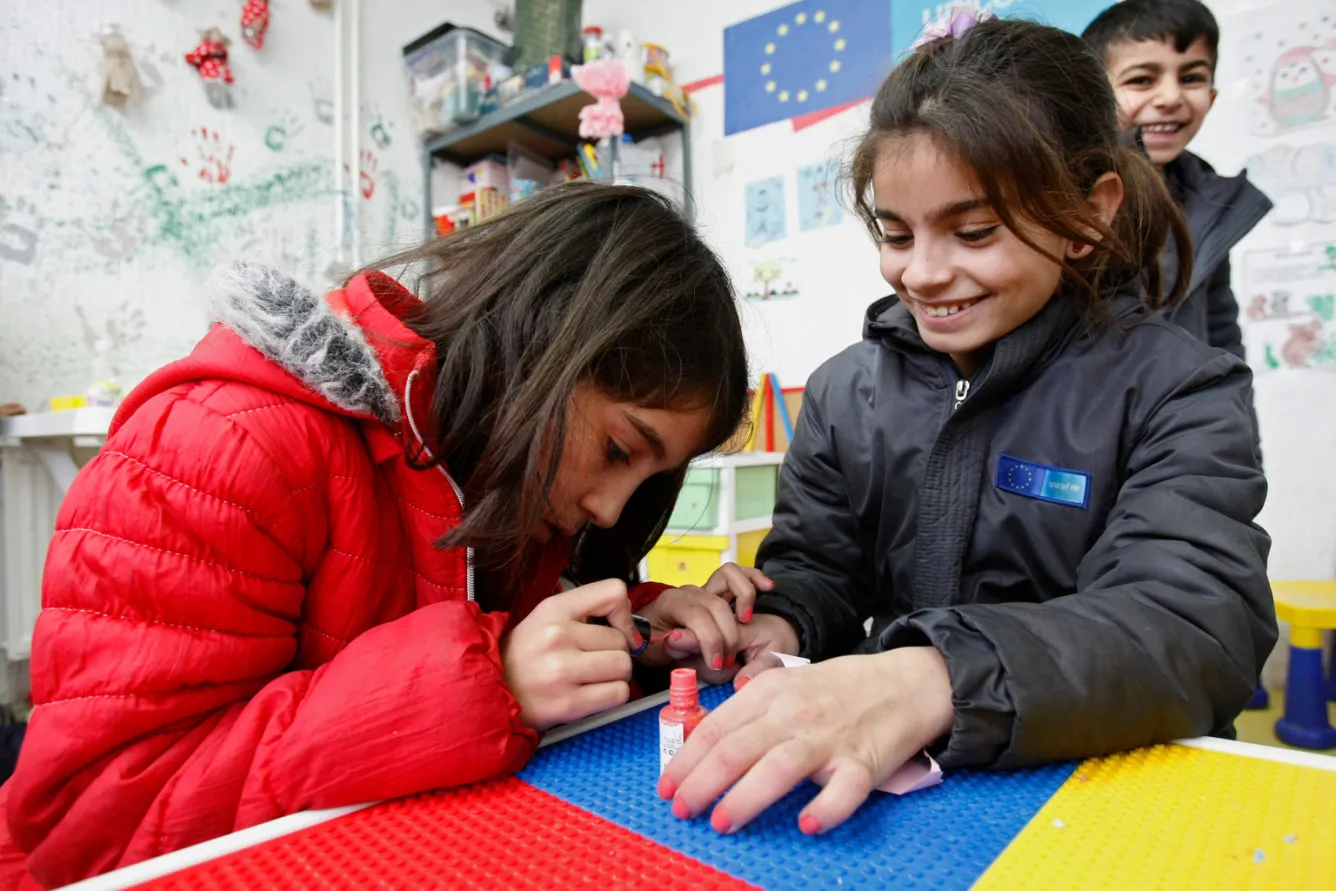
Migrant and Refugee Children on the Move: A Child is a Child


A child is a child, no matter where they’re from
Migration is not inherently dangerous for children – it’s the lack of legal opportunities that makes it risky. As things stand, many children find few opportunities to move legally. Family reunification is often tied to certain residency and income requirements and limited to the nuclear family, excluding extended family members whom children often depend on for care. In addition, the process of family reunification is often extremely slow and cumbersome, leaving many children who are stuck in limbo and completely on their own to take matters into their own hands, using dangerous channels. Humanitarian visas and refugee resettlement spots are oversubscribed, and work or study visas are out of reach for most, as they require considerable financial resources and certified skills and qualifications.

Throughout the world UNICEF helps children who are uprooted and have to flee their homes and countries. UNICEF is responding to the needs of all uprooted children at every stage of their journey, urging governments to protect their rights. UNICEF works together with governments and NGOs partners to ensure access of children to health, education and social protection, as well as to prevent causes that uproot children from their homes.

UNICEF calls on world leaders to act on the commitments enshrined in the Convention on the Rights of the Child - and thereby acknowledge the urgent and unmet needs of vulnerable child migrants who do not qualify for international protection as refugees and may need assistance.

